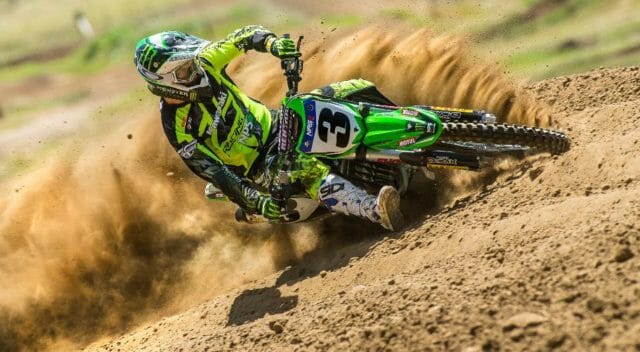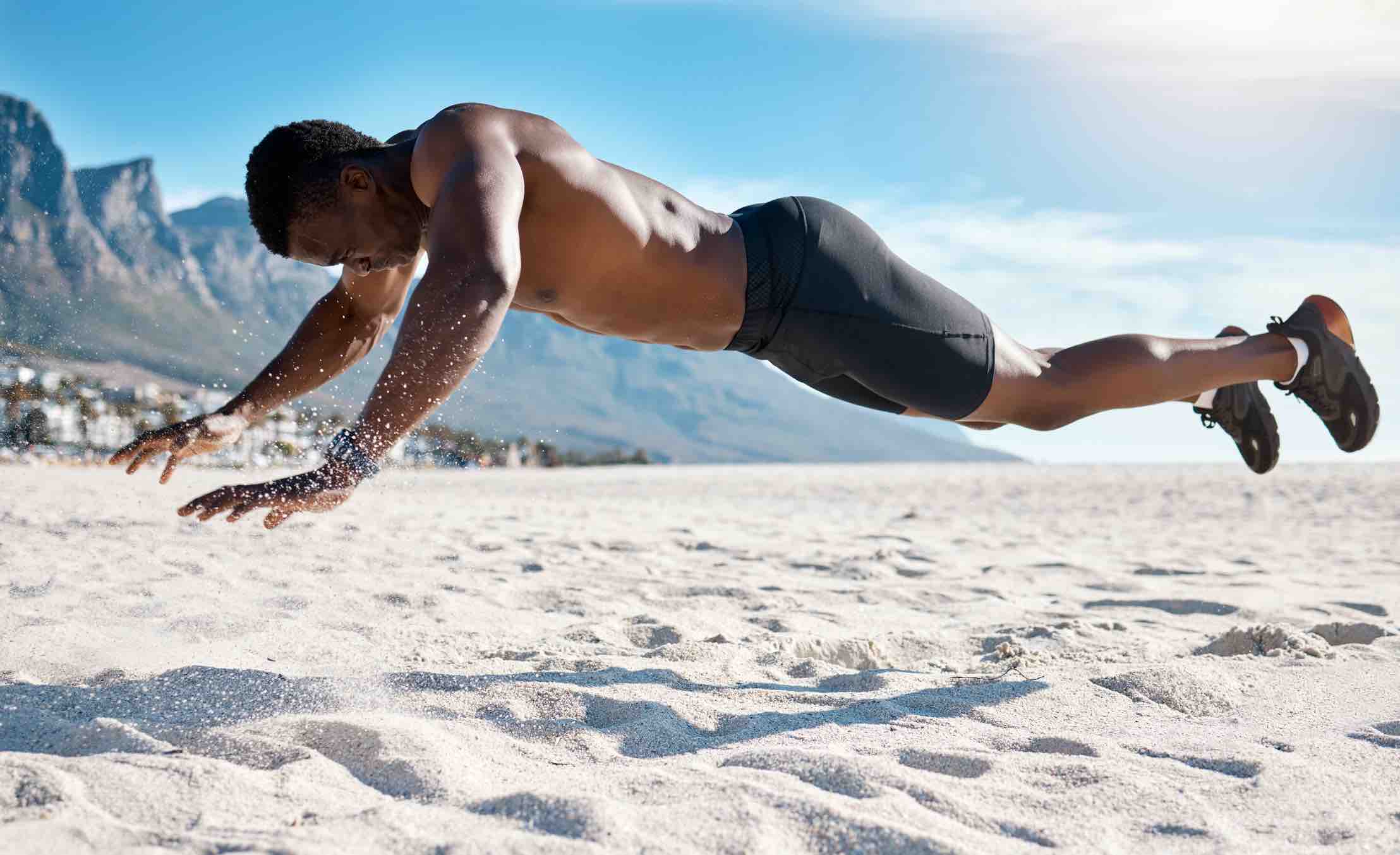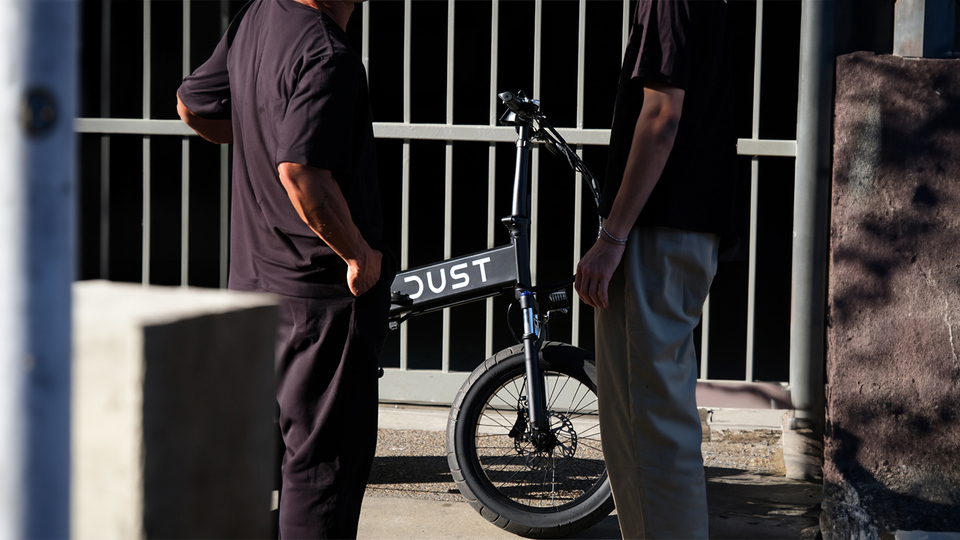Your cart is currently empty!

Motorcross Fit: Tougher than you think
It’s an understandable and widely held belief that athletes who compete in motorised sport don’t really need to be that fit. Take motocross for example. You sit on a powerful dirt bike for around 30 minutes. How physically demanding can that be? “There are many sports in the world and although I’ve been fortunate enough…
It’s an understandable and widely held belief that athletes who compete in motorised sport don’t really need to be that fit. Take motocross for example. You sit on a powerful dirt bike for around 30 minutes. How physically demanding can that be?
“There are many sports in the world and although I’ve been fortunate enough to train athletes within a bunch of these, I am yet to find a sport that matches the overall physical demands of motocross,” says Todd Jarratt BEXSc and ASCA Coach of the Performance Development Centre.
“By overall, I mean the combination of aerobic and anaerobic endurance, strength, mobility and balance, core control, skill-acquisition, decision making and mental endurance.”
For those who don’t know, Motocross is a race of up to 40 riders on a man-made dirt circuit with jumps and turns testing on both skills and fitness. While both of these attributes are critical, fitness is the most under-appreciated and unreported.
Todd Jarratt explains: “Motocross requires an “all-out sprint” 80-100% of maximal heart rate, for half an hour with zero rest, which generally leads to more than 500 calories being burned per race.”
Todd goes on to explain that during each race, the body relies heavily on the aerobic energy system, but due to the intensity mentioned previously it also requires constant anaerobic support, namely by the anaerobic glycolytic system. “Maxing out” the lactic acid energy system just once results in huge muscular fatigue, he says. “Think of leg, core, chest, arm and back day DOMS all at once… Now repeat this two to three times in a day and you’ve got a typical motocross race day.”
Fit for Motorcross
Training for this type of ordeal is as rigorous as any non-motorised athlete. During the pre-season, professional motocross racers train five to six days per week, with multiple sessions per day, explains Jarratt. These pre-season sessions involve aerobic base and maximal strength development, with previous injury rehab and areas of last season’s weakness also addressed.
“The aerobic base work consists mainly of steady-state, heart rate zone based efforts of running, swimming, cycling, mountain biking, rowing, or skiergs. The strength development is more dependent on the rider’s technical lifting ability, but for those who have a few years of lifting experience under their belts, you would expect to see a near maximal load and low volume (low sets and reps) scheme completed. This is to increase their maximal strength without packing on too much muscle, as the power to weight ratio in motorcycle racing is hugely important.”
Training sees a weekly cycle, where riders are taken through 30-plus 95-100% HRM sprint laps to mimic the 30 to 40-minute race conditions, with the gym-based strength maintenance following. “Motocross usually oversteps the aerobic boundary and requires anaerobic energy contribution for around half an hour at a time, says Jarratt. So riders train weights, but are cautious of getting too big as weight plays a huge role in motocross racing.”
The training, like most elite level sports, varies immensely between riders and various coaches. Suffice to say, says Jarratt, “The easiest way to describe the amount and variety of training completed by motocross racers is to think of the training volume of a triathlete, the intensity of a track cyclist, and the grit and injury management of an MMA fighter.”
And there are injuries and not just from accidents. Walking around the pits I spy a rider inspecting his upper body and arms, which are pock marked with deep, nasty looking bruises. He looks like he’s been in a fight. He explains that it’s the rocks from riders in front kicking up at 50km/hour and says it common.
I was invited to give the sport a go a few weeks later out new Tenterfield and was surprised at the level of energy required. An off-road bike weighs about 120kg. I kept dropping it, and must have done 30 deadlifts that day picking it up. Even when I had a good run, hanging on required immense strength and stamina. And the concentration was fried my nervous system. After and hour of puttering along like a newbie I was absolutely stuffed, like I’d done a rigorous HIIT workout. I lay on the ground a vowed never to underestimate the fitness and athleticism of motor-based athletes again.
Is this for you? Head over to Yamaha-motor.com.au to see what is on offer for the Motocross and Enduro riders.




